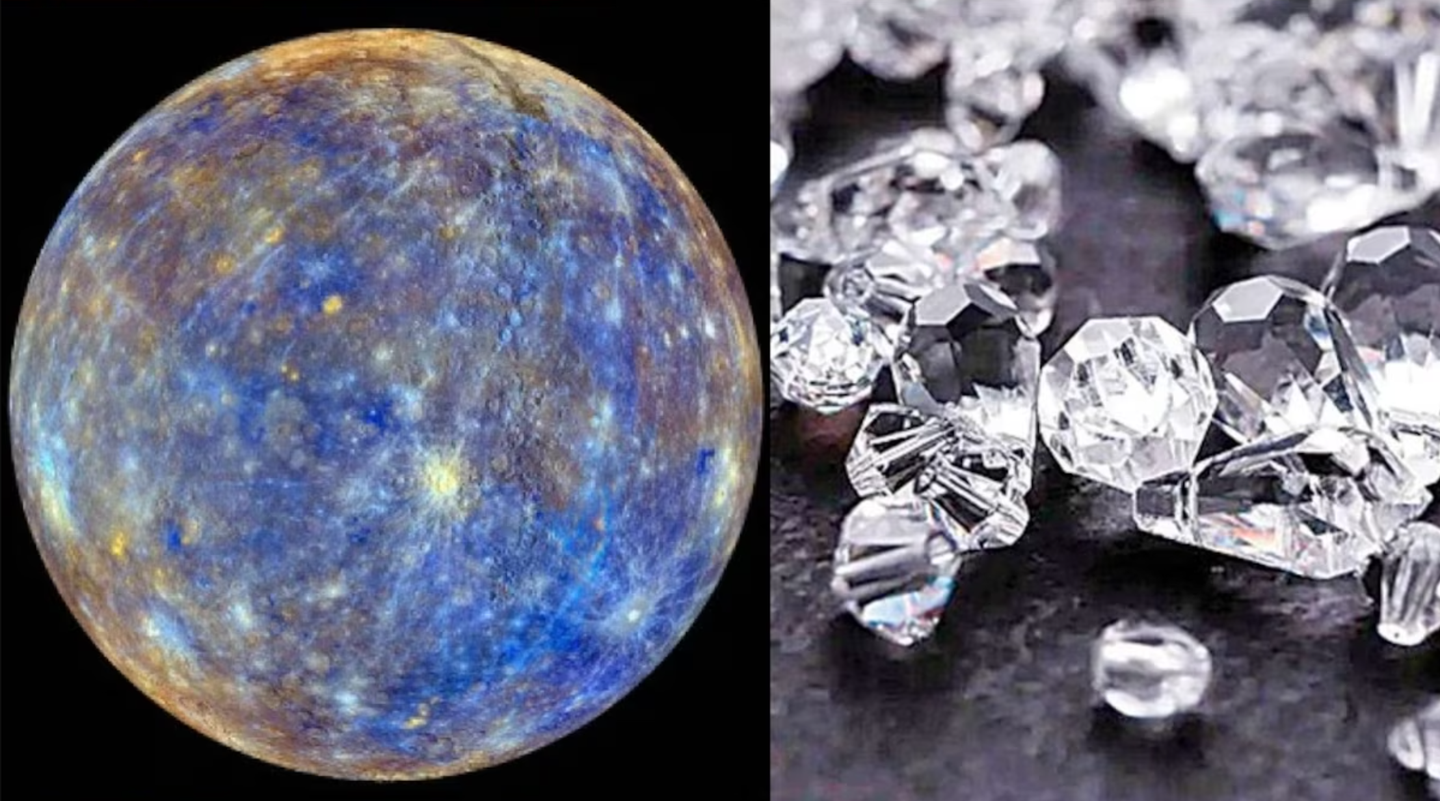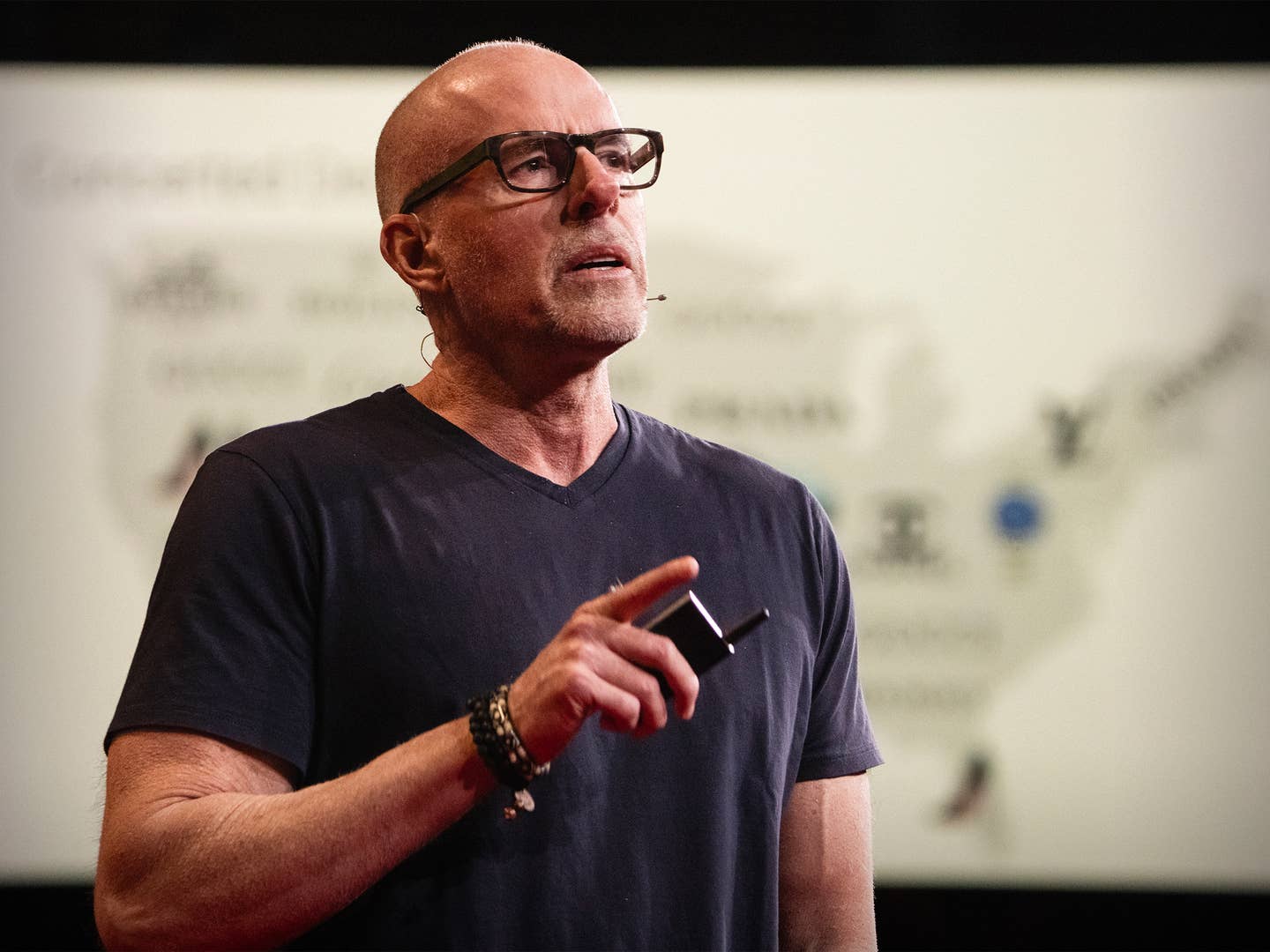Breakthrough new vaccine proves effective against skin and pancreatic cancer
Vaccination with senescent cells significantly reduces the development of tumours in experimental models of melanoma and pancreatic cancer.

[May 8, 2023: Staff Writer, The Brighter Side of News]
Vaccination with senescent cells significantly reduces the development of tumours in experimental models of melanoma and pancreatic cancer. (CREDIT: Creative Commons)
Cancer cells have long been a challenge for the immune system to identify and attack, as they create an environment that blocks immune cells and protects the tumour. However, a new study by scientists at the Institute for Research in Biomedicine (IRB) in Barcelona could change this.
According to a new study, published in the journal Cancer Discovery, inducing senescence in cancer cells could improve the effectiveness of the immune response to a greater degree than dead cancer cells, which have been the focus of research in the field for years.
The study, led by ICREA researcher Dr. Manuel Serrano and Dr. Federico Pietrocola, who is now at the Karolinska Institutet in Sweden, found that vaccinating healthy mice with senescent cancer cells and then stimulating the formation of tumours prevented the animals from developing cancer, or at least significantly reduced the number of cases.
The researchers also observed the efficacy of the vaccination in animals that had already developed tumours, and while the results were more moderate due to the protective barrier of the tumour, improvements were still observed.
Related News
"Our results indicate that senescent cells are a preferred option when it comes to stimulating the immune system against cancer, and they pave the way to considering vaccination with these cells as a possible therapy," explains Dr. Serrano, head of the Cellular Plasticity and Disease lab at IRB Barcelona.
The researchers tested the technique in animal models of melanoma, a type of cancer characterised by high activation of the immune system, and also in pancreatic cancer models, which present strong barriers against immune cells.
Prophylactic vaccination therapy with senescent cancer cells was effective against both types of tumors. They also complemented the study with tumour samples from cancer patients and confirmed that human cancer cells also have a greater capacity to activate the immune system when they are previously rendered senescent.
Immune cell infiltrate (in deep red) around senescent cancer cells (large nuclei marked in blue). (CREDIT: IRB Barcelona)
The study concludes that the induction of senescence in tumour cells improves the recognition of these cells by the immune system and increases the intensity of the response they generate. Senescent cells present unique signals that stimulate recognition by and activation of the immune system, which differ from those presented by cells before senescence has been induced.
The study conducted by the IRB Barcelona team has been published simultaneously and in the same journal as another article led by the Memorial Sloan Kettering Cancer Center (MSKCC) in New York and completed in collaboration with IRB Barcelona. The latter, which is authored by Dr. Direna Alonso-Curbello, now head of the Inflammation, Tissue Plasticity & Cancer laboratory at IRB Barcelona, and Dr. Scott W. Lowe, reaches complementary conclusions despite studying the subject using a different approach.
Senescent tumor cells, mouse pancreatic cancer cell culture. (CREDIT: IRB Barcelona)
The work by MSKCC focused on describing how the induction of senescence in tumour cells alters the molecular programs that mediate communication between the tumour and the immune system. “Until now, most studies have focused on the ability of senescent cells to "send" inflammatory signals to their environment. Our work shows that this communication is bidirectional, revealing that senescence increases the ability of cells to "receive" signals from their environment that activate key pathways for their recognition and destruction by cytotoxic T cells," explains Dr. Alonso-Curbello.
This work demonstrates that the ability to "receive" signals from the environment, which is increased by the induction of senescence, amplifies the anti-tumour effects of signals such as interferon, making tumour cells more visible to the immune system and reactivating anti-tumour immunity in liver cancer models.
The researchers tested the technique in animal models of melanoma, a type of cancer characterised by high activation of the immune system, and also in pancreatic cancer models, which present strong barriers against immune cells. (CREDIT: IRB Barcelona)
The IRB Barcelona team is now studying the combined efficacy of vaccination with senescent cells and immunotherapy treatments. Senescent cells have shown promising results as a therapy for cancer, but combining it with immunotherapy treatments could lead to even greater success. Immunotherapy treatments, such as checkpoint inhibitors and CAR-T cell therapy, work by boosting the immune system's ability to recognize and attack cancer cells.
The IRB Barcelona team is hoping that combining these two therapies will result in a more effective treatment for cancer. "We believe that combining our approach with immunotherapy treatments has the potential to significantly improve the prognosis of cancer patients," says Dr. Serrano.
The team is also investigating whether senescent cells could be used as a preventive measure for cancer. "Our findings suggest that senescent cells could be used to stimulate the immune system to prevent the development of cancer in high-risk individuals," says Inés Marín, a doctoral student from the same laboratory and first author of the study.
This research could have far-reaching implications for the field of cancer treatment. Cancer remains one of the leading causes of death worldwide, and new treatments are urgently needed to improve patient outcomes. The use of senescent cells as a therapy for cancer has the potential to revolutionize cancer treatment and save countless lives.
In addition to cancer, senescent cells have also been implicated in other age-related diseases, such as atherosclerosis. The IRB Barcelona team's findings suggest that senescent cells could also be used to develop vaccines for these diseases. This research could lead to the development of new treatments for a range of age-related diseases and improve the quality of life for millions of people around the world.
However, there are still many challenges that need to be overcome before senescent cell therapy can be widely used in clinical settings. One of the biggest challenges is developing a safe and effective way to induce senescence in cancer cells. The researchers at IRB Barcelona have made significant progress in this area, but more work needs to be done.
Another challenge is ensuring that the immune response to senescent cells is not harmful to healthy cells. While senescent cells can stimulate an immune response against cancer cells, they can also be mistaken as foreign cells and attacked by the immune system. The researchers at IRB Barcelona are currently investigating ways to avoid this problem.
Despite these challenges, the potential of senescent cell therapy as a treatment for cancer and other age-related diseases is too great to ignore. The potential of senescent cell therapy as a treatment for cancer and other age-related diseases is enormous and the IRB Barcelona team's research has provided important insights into the role of senescent cells in cancer and opened up new avenues for research in the field of cancer treatment.
The study led by IRB Barcelona was done in collaboration with the laboratories led by Dr. María Abad and Dr. Alena Gros, at the Vall d'Hebron Institute of Oncology (VHIO) in Barcelona, and Dr. Etienne Caron, at the CHU Sainte-Justine Research Center in Canada. In addition, the Biostatistics and Bioinformatics Unit, led by Dr. Camille Stephan-Otto Attolini, and Histopathology Core Facility, led by Dr. Neus Prats, both at IRB Barcelona, also participated.
For more science and technology stories check out our New Discoveries section at The Brighter Side of News.
Note: Materials provided above by The Brighter Side of News. Content may be edited for style and length.
Like these kind of feel good stories? Get the Brighter Side of News' newsletter.



